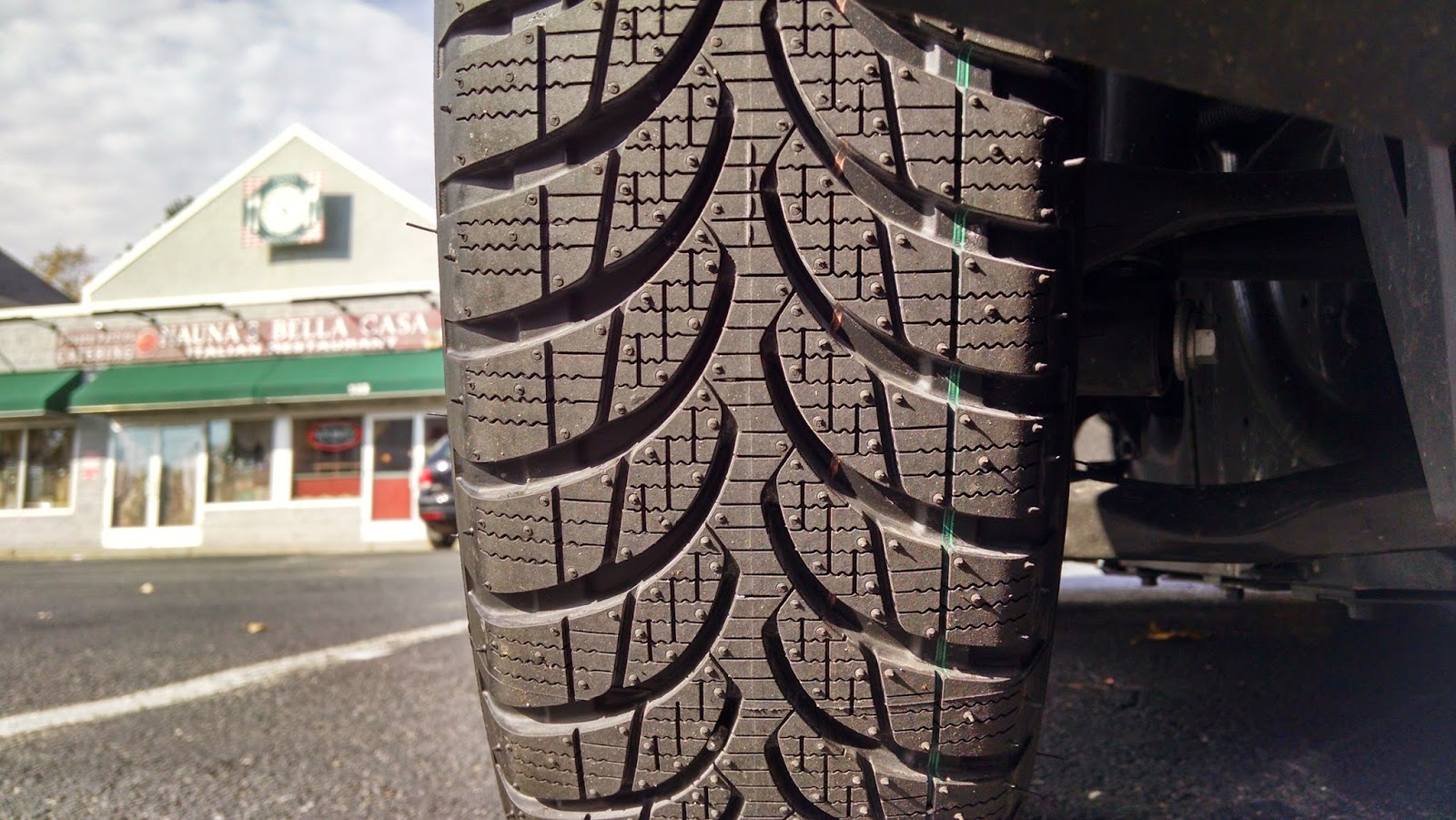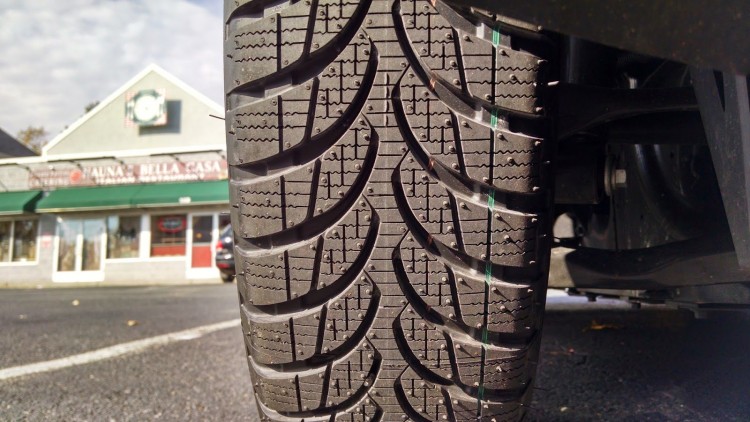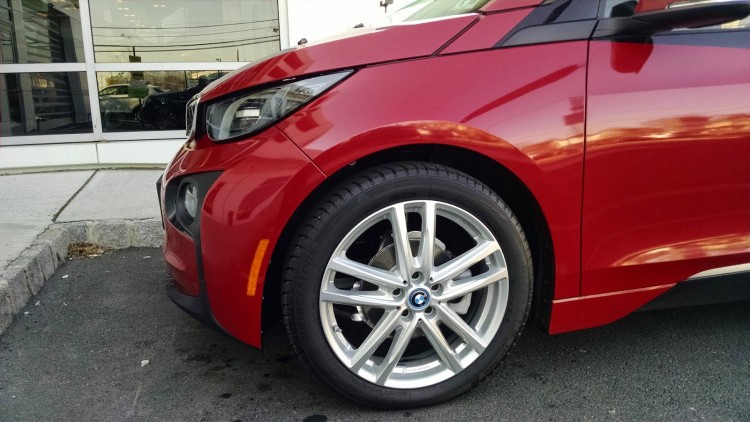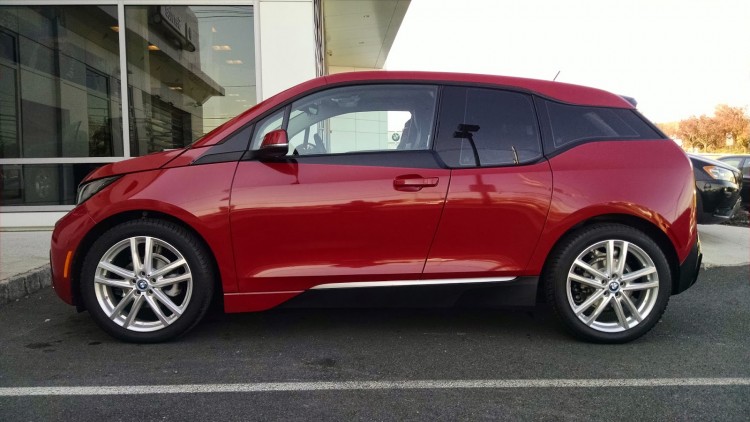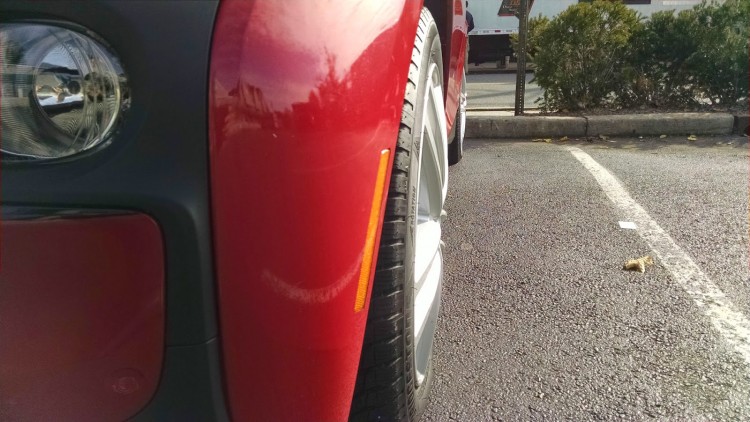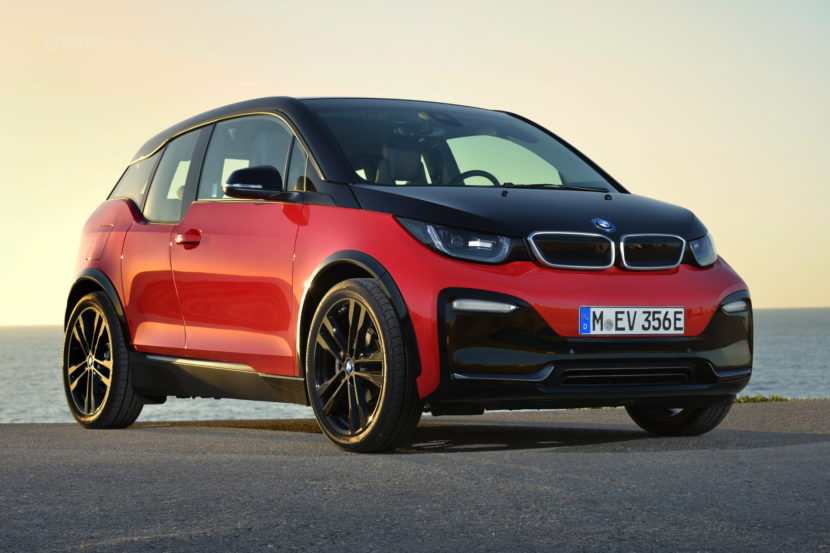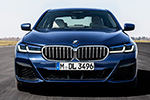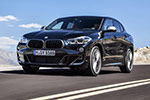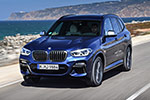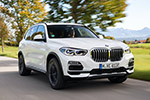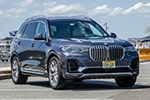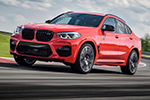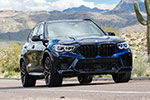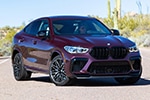I live in Northern New Jersey and we can get some pretty bad weather in the winter. The temperatures in January an February are routinely in the 20’s (Fahrenheit) and can even dip down below zero from time to time.
At those temperatures, you really should have dedicated winter tires for proper traction, even if the roads aren’t always snow covered. In fact, most tire experts recommend if the average temperatures where you live are below 45 degrees in the winter you should buy dedicated winter tires instead of using all-season tires.
That’s not a plot to get you to spend more money on tires you really don’t need as I’ve seem some people contend, winter tires are specifically made for use in cold weather and will definitely outperform all-season tires in cold conditions. The rubber compounds used in winter tires are completely different than what is used in summer or all season tires. Winter tires are designed so they become stiffer on the inside of the tire, and more flexible on the outside to provide better grip at lower temperatures. They also have stronger bead construction to resist to multiple mounting and dismounting because winter tires are often mounted and dismounted every year, unlike regular tires that quite often stay mounted on the wheel their entire life. Non winter tires become stiff and lose traction, which increases the chance of the vehicle losing control and skidding.
In my case I absolutely needed to get winter tires because I ordered my i3 with the 20″ Sport wheels. The tires that come with these wheels are summer tires which mean they are not recommend for cold weather use. The three 19″ wheel options for the i3 all come with all season tires and if you don’t live in a really cold area, you can live with all season tires year round. To complicate things even more, there are no winter tire options for the 20″ Sport wheels of the i3. Since there are no other cars that have such tall, skinny wheels as the i3, Bridgestone only made winter tires for the 19″ wheels options. Therefore, anyone that has the optional 20″ Sport wheels and needs to get winter tires, needs to buy a set of 19″ wheels as well. BMW sells a package that uses the base model i3 wheels (#427) and the Bridgestone Blizzak 19″ winter tires.
However, I opted to buy aftermarket wheels made by Rial, and the Blizzak tires from the Tire Rack. I like the look of the Rial wheels, and I also like that they are different from the stock wheels, giving my car a more custom look. I was actually a little surprised when I found out the Tire Rack was going to offer aftermarket wheels for the i3. Since the i3’s wheel sizes are so different from anything used on any other car available today, I didn’t think aftermarket wheels would be available so soon.
I’m sure I’ll take a range hit from this modification, but how much I’m not quite sure. The aggressive tread and softer rummer will increase rolling resistance so that alone will make a difference. The weight will also be a factor. The Rial wheels with the Blizzak tires weigh 39.2 lbs, while my 20″ Sport wheels with the Ecopia EP500’s weigh only 36.2 lbs. Three lbs per wheel might not seem like too much, but it actually will make a difference in the cars electric range. Finally, these wheels aren’t nearly as aerodynamic as the stock wheels so I’m sure my drag coefficient just went up.
READ ALSO: Do you need winter tires on your BMW?
BMW spent a lot of energy designing wheels that were good looking, lightweight and were aerodynamic. These Rial wheels appear not to have taken any of that into consideration when they were designed. The large openings between the spokes are begging for increased wind resistance, and to make matters worse, they aren’t even flush with the rims, the center of the wheels actually bows outward and will clearly increase drag. I’m really not worried about this though because safety, and being able to negotiate the snow covered roads of Northern New Jersey are my primary concerns. Plus, I have the range extender so if my efficiency is reduced by 6 or 7 miles per charge, I’ll still be able to get to wherever I need to go without worrying about running out of juice. Bring it on!
[Source: bmwi3blogspot]


